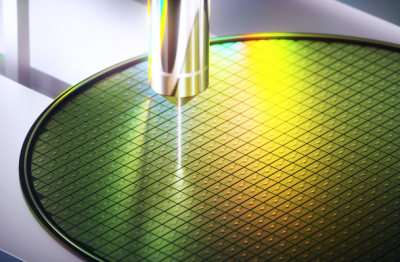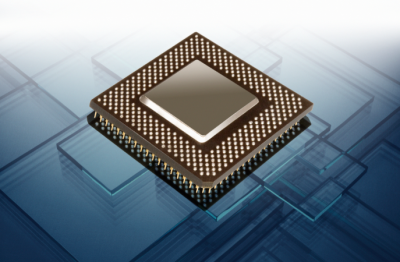| 型号 | 品牌 | 获取价格 | 描述 | 数据表 |
| G3J-211BL-2AC100-240 | OMRON |
获取价格 |
负载电流(mA):11.1 A;触头类型:SPST-NO(1 Form A);输出类型:A |

|
| G3J-211BLDC12-24 | OMRON |
获取价格 |
负载电流(mA):11.1 A;触头类型:SPST-NO(1 Form A);输出类型:A |

|
| G3J-S205BL | OMRON |
获取价格 |
Soft-start Solid State Contactors |

|
| G3J-S211BL | OMRON |
获取价格 |
Soft-start Solid State Contactors |

|
| G3J-S403BL | OMRON |
获取价格 |
Soft-start Solid State Contactors |

|
| G3J-S405BL | OMRON |
获取价格 |
Soft-start Solid State Contactors |

|
| G3J-T | OMRON |
获取价格 |
Soft-start/stop Function Starts and Stops Three-phase Motors Smoothly and Economically |

|
| G3J-T-C | OMRON |
获取价格 |
Solid State Contactor for 3-phase Motors with Built-in Soft Start/Stop and Monitor Output |

|
| G3J-T205BL | OMRON |
获取价格 |
Soft-start/stop Function Starts and Stops Three-phase Motors Smoothly and Economically |

|
| G3J-T205BL-C | OMRON |
获取价格 |
Solid State Contactor for 3-phase Motors with Built-in Soft Start/Stop and Monitor Output |

|
 日本芯片代工厂JS Foundry濒临破产 激进扩张致负债161亿日元
日本芯片代工厂JS Foundry濒临破产 激进扩张致负债161亿日元

 LG电子进军HBM制造关键领域 混合键合设备研发瞄准2028年量产
LG电子进军HBM制造关键领域 混合键合设备研发瞄准2028年量产

 博通10亿美元半导体工厂计划搁浅 西班牙谈判破裂背后暗藏政治变局
博通10亿美元半导体工厂计划搁浅 西班牙谈判破裂背后暗藏政治变局

 英特尔联手台积电2nm工艺 Nova Lake芯片流片完成引爆业界期待
英特尔联手台积电2nm工艺 Nova Lake芯片流片完成引爆业界期待
